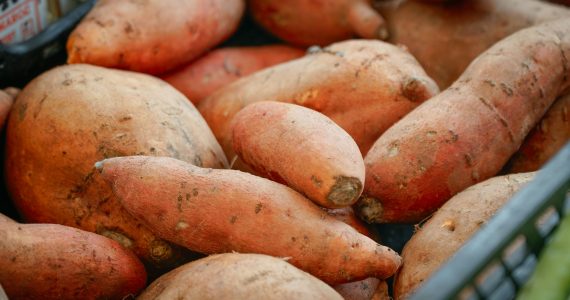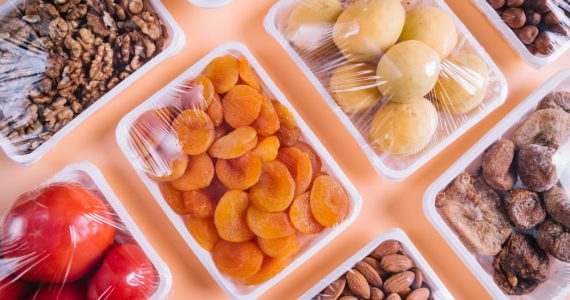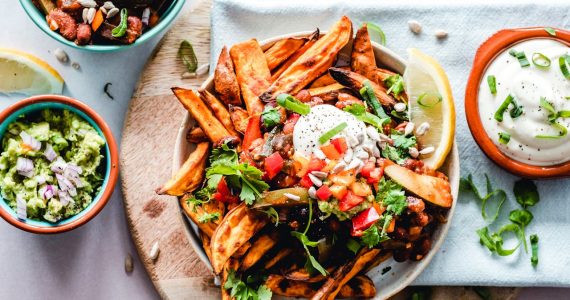Sick and tired of empty aisles in the produce section of the supermarket? It’s time to take matters in your own hands.
The coronavirus pandemic has been testing us in all sorts of ways. Besides the current social distancing measures that have locked us up in our homes, we are also left to face the consequences of panic buying that has created a severe shortage of essential ingredients in the market.
People cleared out the aisles in the grocery stores when the lockdown was first announced, leaving behind almost no fresh produce for the rest of us. But fear not; soon, your backyard will be bountiful with nature’s abundance with these easy-to-grow vegetables that you can harvest through the summer.
Tomatoes
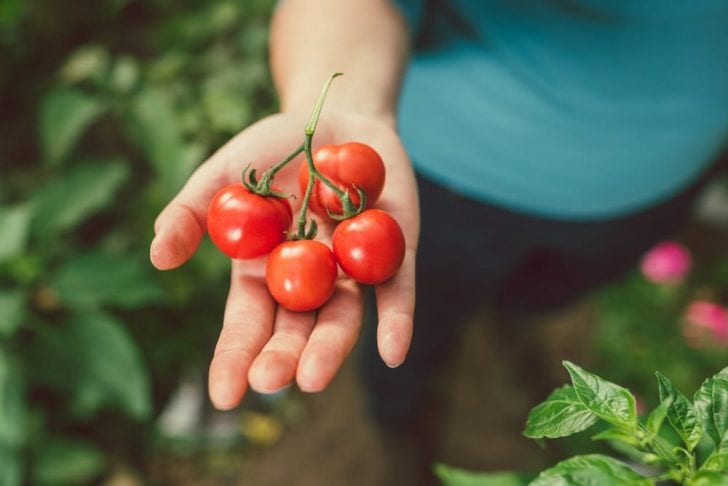
Even if you aren’t familiar with gardening, tomatoes are the easiest fruit to grow, and the most important one too, since it’s used as a base in many dishes. There’s nothing better than tomatoes picked off fresh from the vine. These seedy fruits are rich in fiber, vitamins, and folic acid, making it an incredible addition to your diet.
Growing tomatoes takes a lot of care, good soil, and strong sunshine. The fruit should first be planted indoors with seedlings from the garden center, at least six weeks before the spring frost.
Prepare the soil with compost so that it’s rich and fertile for growth and once the seedlings begin to sprout, cut the lower branches, and plant them outside where there’s plenty of sunlight.
Cucumbers
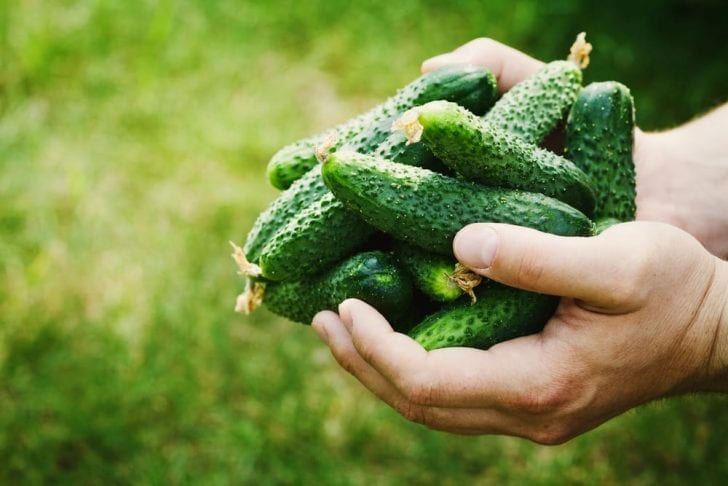
Like tomatoes, cucumbers are a great addition to your summer salad and are rich in fiber and vitamins. Planting should begin once the weather has warmed up a little since cold temperatures can destroy the seedlings before they can even germinate.
The vines of this vegetable can grow very long so make sure to give them space to climb up a wall or a fence. You can also let them sprawl in your garden as long as they don’t sit in pools of water or wet puddles.
Herbs
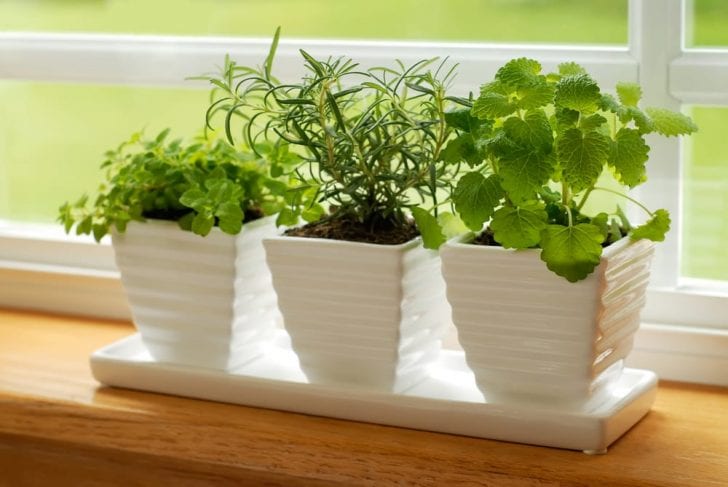
Herbs are so versatile in the kitchen and taste best when used fresh, which is why growing them in your garden is always a good idea. The best thing about them is their resistance to extreme weather conditions and droughts, and the ability to grow indoors and outdoors.
Besides basil, which is best planted in June, most of the herbs can be grown after the last spring frost. They usually don’t require a lot of watering or fertilizing. In fact, herbs taste better when allowed to grow in drought conditions.

